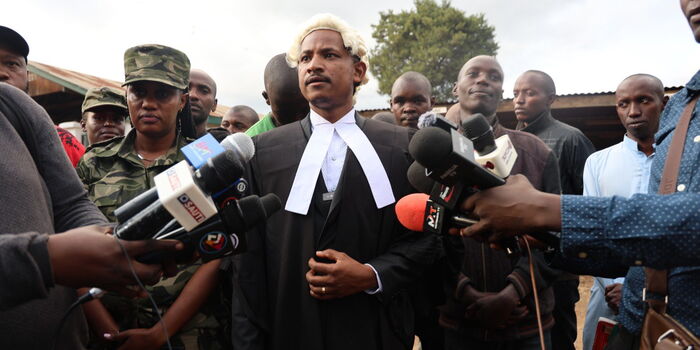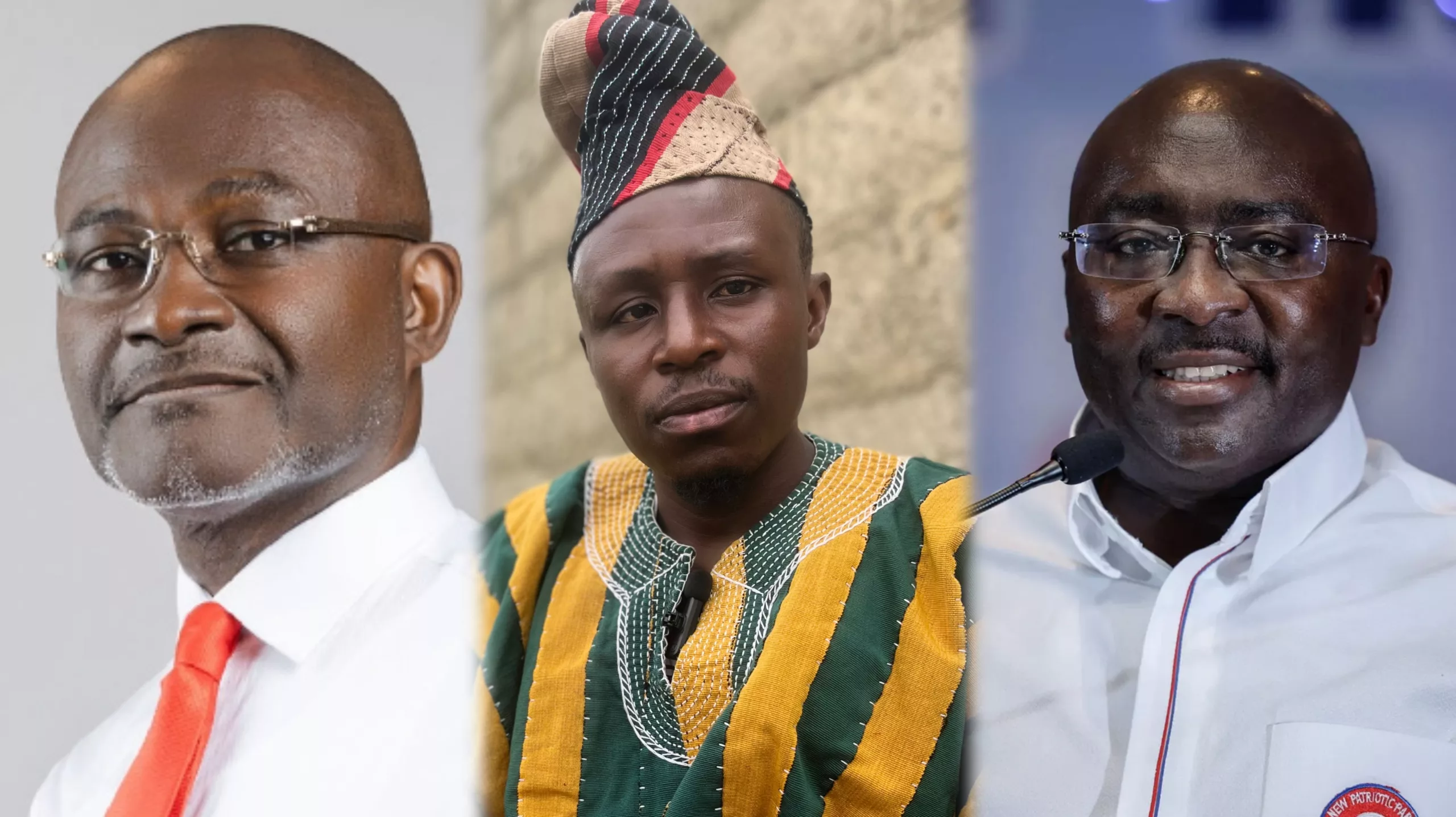Complex, connected and alive: The livestock farms that tell a deeper story
In our era of bitesize content, simple sells. Whether it’s a product or an idea, silver bullet solutions delivered with snappy straplines flood our social media and news feeds. The problem is that, when it comes to food and farming, these supposed solutions fail to reflect an infinitely complex reality, only serving to further distort the picture.
This is never truer than when it comes to discussions about livestock farming. We often hear that animal agriculture is bad for the climate and for nature, yet the reality isn’t so straightforward. Recognising the difference between livestock farming that is part of the problem and that which is part of the solution, is a first step in moving towards a more holistic approach to our food system – one that grasps the interconnectedness of soil, plants, animals and people.
But what does this holistic approach look like in practice? Here, we share a snapshot of some of the farms featured in our recent Grazing Livestock report – farms where animals form part of a living system that operates within planetary boundaries while still producing the food that we need. Some of these farms are also part of the SFT’s Beacon Farms Network, which is working with farmers to harness the power of ‘seeing is believing’ experiences and, in doing so, build a body of informed public opinion on how our food is produced.
Hafod y Llyn | Teleri Fielden, Ned Feesey and Ianto Glyn
Teleri and Ned’s farming business is based upon producing and selling slow grown, pasture-fed red meat. The native breed cows are used for conservation grazing on various National Nature Reserves (NNR), Sites of Special Scientific Interest (SSSI) and Special Areas of Conservation (SAC), whilst the sheep mainly graze the home farm’s floodplain rush pasture and are on parkland in the winter. The animals live outdoors year-round, generally in one large family group or ‘mob’, which has benefits for animal welfare, soil health and nature. Surveys show around 70 different types of grasses and forbs (flowering plants) per field, and nearly 45 different types of birds, including rare species. Grazing by the livestock also helps to control Himalayan Balsam, an invasive, non-native plant species. A ‘closed loop system’ is in operation, with no artificial fertiliser or bought-in feed crops required as the livestock feed entirely off pasture, shrubs and trees. Insecticides and anti-parasite drugs are not used on the cattle, and by checking animal dung for eggs, the need for wormers is reduced, the intention being to feed the soil microbiology with the livestock’s dung, as opposed to damaging it. Teleri and Ned are very lucky to have a local, family-run abattoir and butchery 20 minutes away, and they generally sell their meat locally.
Richard Gantlett is an organic and biodynamic farmer, with a herd of around 350 Aberdeen Angus beef cattle incorporated into a rotational mixed farming system, along with crops, including wheat, barley, rye and oats. The cattle graze on diverse herbal leys, containing up to 29 species of plants. These provide nectar for wild pollinating insects as well as the bees that provide honey for the farm. Richard has also embraced a ‘forest farm’ approach, allowing his cattle to graze the trees and shrubs on 64 acres of native woodland, which provides shelter from sun and rain. In return, grazing by the cattle increases the plant variety under the trees. The whole farm supports an abundance of species, from bluebells and orchids to hares, tree sparrows, corn buntings, quail and short-eared owls. One of the most important goals for Richard is achieving a ‘zero fossil fuel farm’ and he continues to find ways to work with electric vehicles as well as generating and storing electricity on the farm. In 2019, a Farm Carbon Toolkit audit found that the farm was sequestering 10 times more carbon than it was emitting. While this carbon balance is extremely positive, it was not initially a farm goal. Increasing the life in the soil, by growing diverse leys and grazing cattle, has been the route to carbon storing, nutrient cycling and water absorption.
Sophie and Tom Gregory are first-generation organic dairy farmers. Their focus is on producing nutrient-dense milk from grass – milking a herd of 400 Jersey, Friesian and Shorthorn cows. They have been farming organically for over 10 years, motivated by animal welfare as well as the economics of an organic approach, but more recently deciding to take a step further in improving soil health by moving towards regenerative principles, including mob grazing and the introduction of diverse herbal leys. Alongside the benefits to the soil and biodiversity that farming regeneratively has brought, Sophie and Tom are especially dedicated to maximising the social value of farming in this way, something which is much harder to measure (see the Global Farm Metric’s website for more on measuring social outcomes). Part of the SFT’s Beacon Farms Network, Home Farm serves as an educational platform, regularly hosting visitors, from school children to farming discussion groups, in order to inspire more people to become involved in regenerative farming, especially those from non-farming backgrounds.
The name Edinglassie is derived from the Gaelic ‘Eudanglasaich’ meaning ‘steep grazing’. It is an upland estate with sheep and native breed cattle. Twenty-five years ago, Malcolm’s farm system was heavily reliant on artificial fertiliser, producing large amounts of silage to see their heavy continental-breed cattle through the winter. These practices, along with a succession of wet winters, resulted in damage to the fields, which sparked their conversion to organic and the use of native breeds better suited to the steep, wet ground. Edinglassie is a good example of a Highland estate where grazing plays a crucial role in helping to maintain habitats, including grasslands and wetlands of high biodiversity value. Well-managed grazing has enabled a wide variety of small plant species to thrive, many of conservation interest, without being outcompeted by more dominant, common species. The quality and diversity of habitats on the estate support many other endangered species, including birds like black grouse, snipe and curlew. Crucially, the transition to organic has also brought financial savings through the elimination of expensive inputs and breeding their own replacement stock, along with the premium received for organic beef and lamb.









